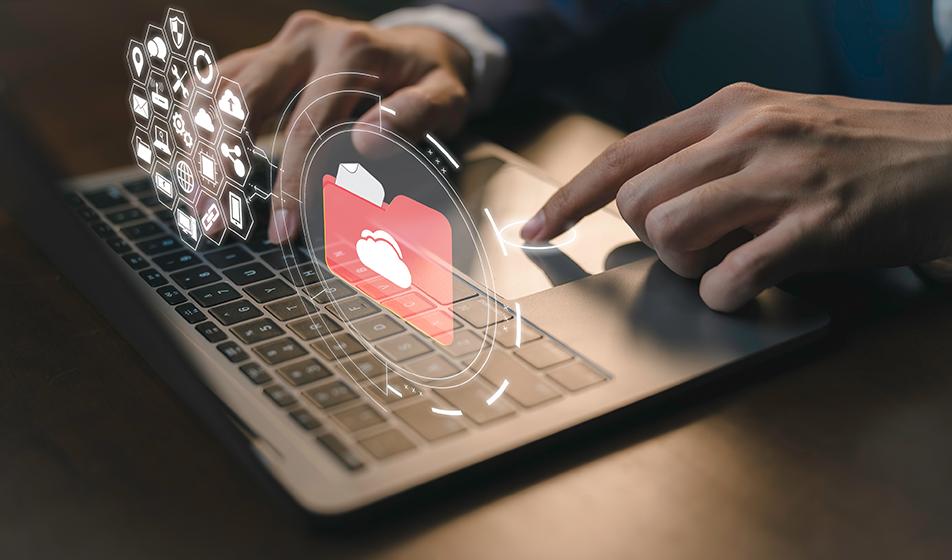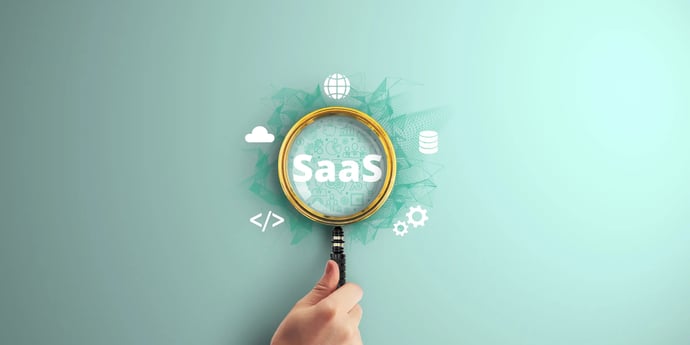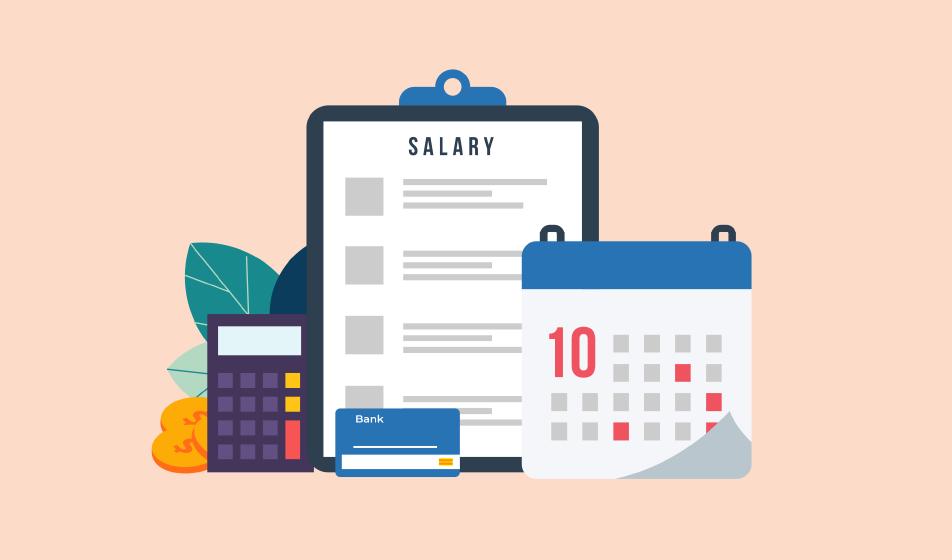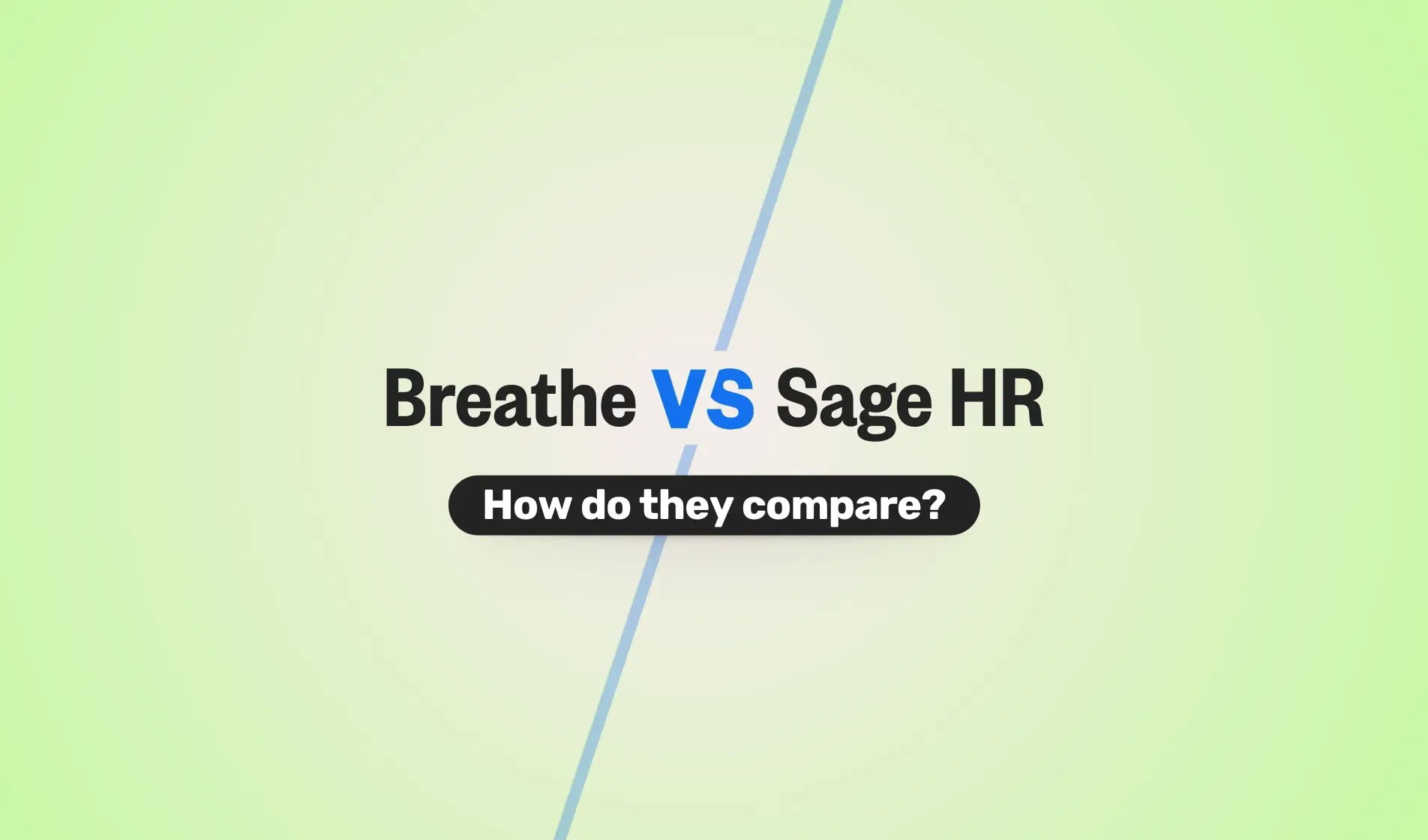Chances are, you’ve heard the term SaaS in a range of contexts – SaaS HR software for example. Increasing numbers of businesses are moving towards SaaS applications because of their adaptability and budget-friendly credentials, but how can SaaS HR software benefit SMEs?
How is SaaS different to traditional software licenses?
Different types of SaaS HR explained
Simplify your business' people management with Breathe's HR SaaS platform
What is SaaS HR software?
SaaS HR software means software as a service, in relation to human resources software. HR tasks can be performed, automated or streamlined in a cloud-based platform.
SaaS is a cloud-based distribution model for software. It’s an acronym for ‘Software as a Service’; the software is hosted by a third-party provider, accessed by users over the internet and is usually sold as a subscription-based service.
How is SaaS different to traditional software licenses?
SaaS is different to traditional software in several ways:
1. Payment & ownership differences
SaaS is owned, managed and delivered by a third party (such as Breathe). You access the software through the internet and pay a subscription to use it. This makes it easier to budget for. Typically, you’ll pay a subscription rate depending on the number of users instead of a large up-front cost as you would in the case of traditional software.
In contrast, traditional software - also referred to as on-premise software - is installed on the customer’s own servers and downloaded to a set number of computers depending on the number of licences the customer has paid for. Because on-premise software is expensive, it’s often limited to only a few users which can limit its potential.
2. Flexibility & quick implementation
In the case of traditional software which is centrally installed, users must regularly maintain and upgrade it. This can be expensive and complex – often needing an IT professional to manage upgrades. In contrast, SaaS updates are automatic and centrally managed. If users have a problem with their software, then a call to the provider’s helpdesk is usually enough to sort things out.
3. SaaS software is location independent, on-premise software isn’t
SaaS software can be operated from anywhere – users don’t need to be in their workplace to use it, they simply need an internet connection. This makes SaaS perfect for remote working. However, because SaaS software relies on an internet connection, employees are limited by the reliability of their internet connection. In comparison, traditional software can only be accessed centrally which makes it less flexible. However, this does mean it’s not reliant on internet speeds and bandwidth challenges.
4. You can try SaaS before you buy
Because SaaS is so easy to access, it’s possible to trial the software before committing to it. This is more difficult with traditional software.
5. Data security is simpler with SaaS
Data security can be an extra burden for SMEs. Which is why SaaS software is so helpful. By storing data in a centrally managed cloud, the data may be more secure with a third-party SaaS vendor than it is if managed in-house by your own IT team. Breathe, for instance, is hosted in Amazon Web Services’ ISO 27001 certified datacentres. This accreditation is only awarded to managing hosted providers who can demonstrate the security of their systems.
Different types of SaaS HR explained
Well-known examples of SaaS include Office 365, Google workspace, Zoom, Netflix and HubSpot. SaaS covers an enormous range of industries and functions.
Breathe's HR management software is a form of SaaS HR software.
Why use SaaS HR software?
SaaS HR software can simplify HR admin and tasks like managing holiday and sickness records, as well as making things like rota scheduling easier. Here’s how:
-
It helps you and your team manage everyday tasks which would otherwise need multiple spreadsheets, documents and forms such as recruitment, performance management and holiday management.
-
SaaS HR software helps you stay on top of your talent and retain your most valuable employees by making it quicker & easier for you to access important data and analyse employee performance.
-
Using an HR SaaS can help you supports a collaborative culture helps you keep employees engaged; a key contributor towards increasing productivity.
-
Accessing HR data quickly & easily in a secure cloud-based platform can reduce HR admin, and allowing employees to access their information from anywhere saves time & streamlines processes (as well as supports hybrid working).
Simplify your people management with Breathe
The best SaaS HR software has been developed with the end user in mind. Breathe is easy to use and embed within a business.
Breathe is flexible and subscription-based. This means it’s easy to scale your usage up or down in response to business growth or seasonal fluctuations in employee numbers.
Breathe is hassle-free, reliable and secure. The burden of security, availability, and performance lies with Breathe, not with you and your business.
Interested in learning more about how Breathe can help make business simpler for as little as £22 per month? Find out more about our 14-day free trial here.
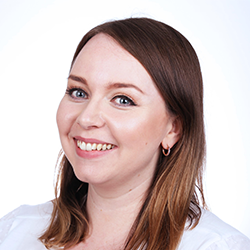
Author: Aimée Brougham-Chandler
An IDM-certified Digital Copywriter (2023) & English Language & Literature graduate (BA Hons), Aimée is Breathe's Content Assistant. With 3 years' content marketing experience, Aimée has a passion for writing - and providing SME HR teams with solutions to their problems. She enjoys delving into & demystifying all things HR: from employee performance to health and wellbeing, leave to company culture & much more.
